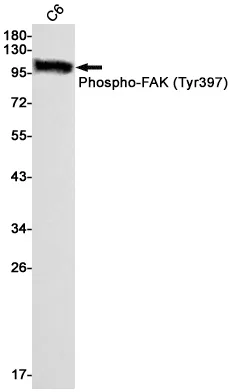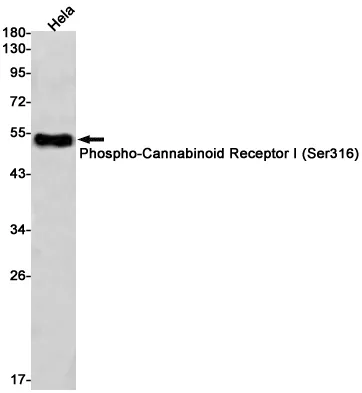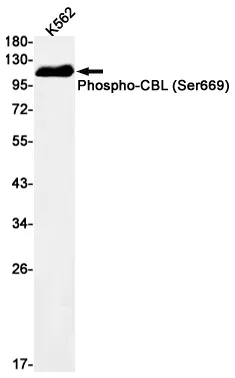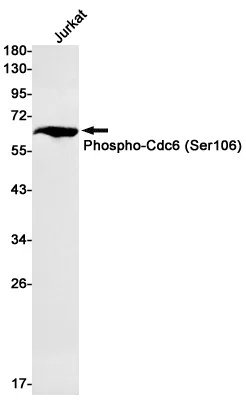Summary
Performance
Immunogen
Application
Background
Functions as an intracellular leucine sensor that negatively regulates the TORC1 signaling pathway through the GATOR complex. In absence of leucine, binds the GATOR subcomplex GATOR2 and prevents TORC1 signaling (PubMed:18692468, PubMed:25263562, PubMed:25457612, PubMed:26449471, PubMed:26612684, PubMed:26586190). Binding of leucine to SESN2 disrupts its interaction with GATOR2 thereby activating the TORC1 signaling pathway (PubMed:26449471, PubMed:26586190). This stress-inducible metabolic regulator also plays a role in protection against oxidative and genotoxic stresses. May negatively regulate protein translation in response to endoplasmic reticulum stress, via TORC1 (PubMed:24947615). May positively regulate the transcription by NFE2L2 of genes involved in the response to oxidative stress by facilitating the SQSTM1-mediated autophagic degradation of KEAP1 (PubMed:23274085). May also mediate TP53 inhibition of TORC1 signaling upon genotoxic stress (PubMed:18692468). Has an alkylhydroperoxide reductase activity born by the N-terminal domain of the protein (PubMed:26612684). Was originally reported to contribute to oxidative stress resistance by reducing PRDX1 (PubMed:15105503). However, this could not be confirmed (PubMed:19113821).
Research Area
Cardiovascular






